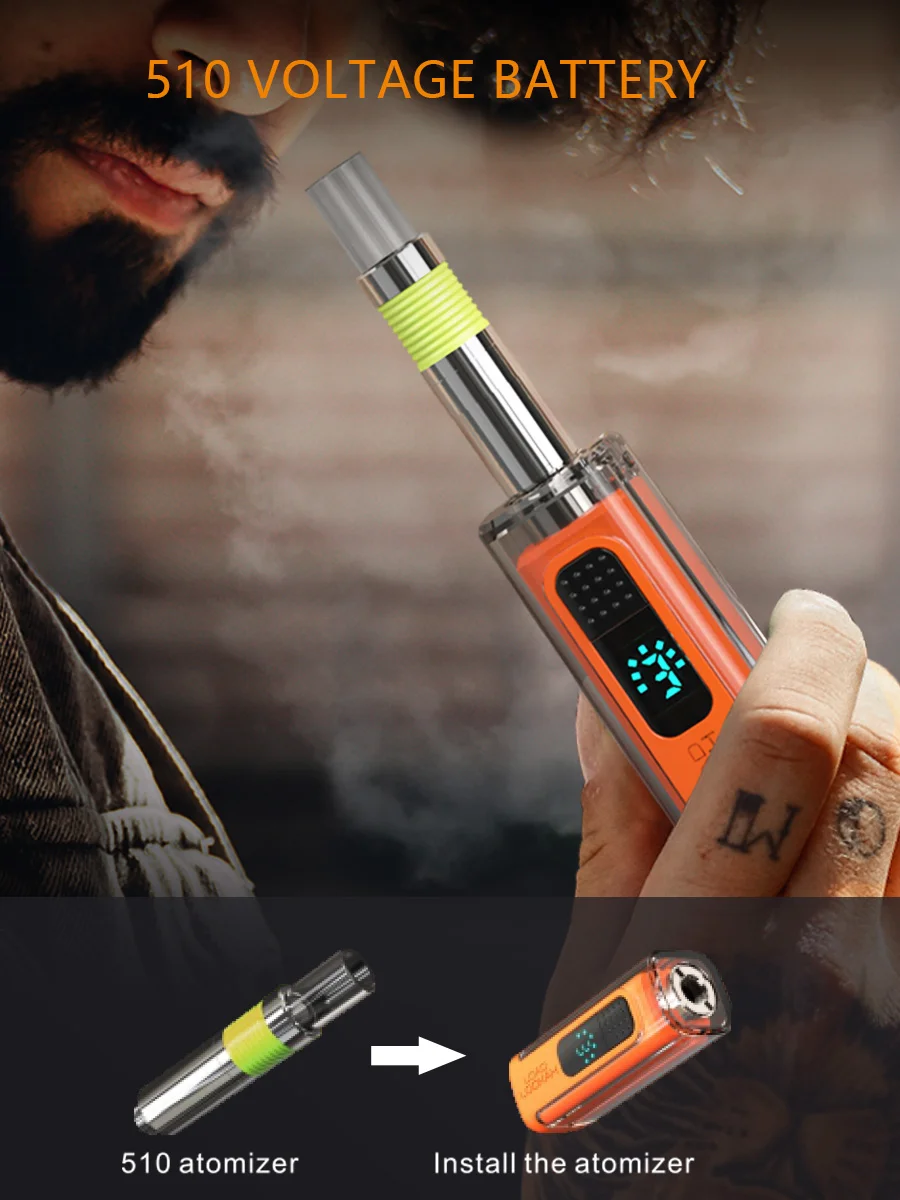
Understanding AI Outreach Agents
As the landscape of sales continues to evolve, businesses are increasingly leveraging technology to streamline processes and enhance engagement with potential clients. One key development in this domain is the advent of AI outreach agents, which have fundamentally changed how sales teams operate. These AI systems execute manual and repetitive tasks on behalf of sales representatives, freeing them to focus on their core competencies: building relationships and closing deals.
What Are AI Outreach Agents?
AI outreach agents are sophisticated tools that use artificial intelligence to manage various aspects of the sales outreach process. Their primary function is to automate tasks that typically consume a sales rep’s time, such as data entry, follow-ups, and scheduling meetings. These agents utilize machine learning algorithms to analyze data, predict outcomes, and execute actions that would otherwise require human intervention. By integrating into established sales workflows, they enhance productivity and efficiency across the board.
The Role of AI in Sales
AI is revolutionizing sales through insights derived from data analytics, enabling organizations to make informed decisions that drive results. By examining customer behavior, preferences, and needs, AI outreach agents can craft personalized communication strategies that resonate deeply with prospects. This targeted approach not only improves engagement rates but also shortens the sales cycle, allowing businesses to convert leads into customers more effectively.
Benefits of Using AI Outreach Agents
Employing AI outreach agents offers numerous benefits for sales teams:
- Increased Efficiency: With AI handling routine tasks, sales representatives can dedicate their time to high-value activities like engaging with clients and strategizing sales approaches.
- Enhanced Accuracy: AI agents minimize the potential for human error, particularly in data entry and scheduling, resulting in more reliable outcomes.
- Data-Driven Insights: These tools provide valuable analytics that help teams understand market trends and customer behavior, enabling smarter, data-informed decisions.
- Scalability: AI outreach agents can be scaled to manage increasing volumes of leads, making them ideal for growing businesses.
Implementation Strategies
Integrating AI Agents into Your Sales Workflow
Integrating AI outreach agents into your existing sales workflow requires a strategic approach:
- Assessment of Needs: Identify specific areas within your sales process that can benefit from automation. This may include lead generation, follow-up communication, or appointment scheduling.
- Choosing the Right Tool: Research different AI platforms and select one that aligns with your objectives and organizational structure. Compare features, ease of use, and integration capabilities.
- Training and Adoption: Conduct training sessions for your sales team to familiarize them with the new technology. Highlight the benefits in productivity and effectiveness to encourage adoption.
- Continuous Monitoring: After implementation, regularly assess the AI tool’s performance and make adjustments to optimize efficiency. Gather feedback from your team to evolve its use based on practical experiences.
Choosing the Right AI Outreach Tools
With a multitude of AI outreach tools available, making the right choice can be overwhelming. Here are key factors to consider:
- Functionality: Ensure the tool addresses your specific outreach needs, whether it’s automating emails, scheduling calls, or managing social media outreach.
- Integration: The chosen solution should seamlessly integrate with your existing CRM and other essential software tools to ensure a smooth workflow.
- User Experience: A user-friendly interface is crucial for quick adoption by your sales team. Conduct demos to evaluate usability.
- Cost: Analyze pricing models against your budget and compare features to ensure you’re getting good value for your investment.
Measuring Success with AI Outreach Agents
To gauge the effectiveness of AI outreach agents, it is crucial to define clear performance metrics. Here are some metrics to consider:
- Response Rate: Track the percentage of leads that respond to your outreach efforts to measure engagement levels.
- Conversion Rate: Monitor how many leads convert into clients as a direct result of AI-assisted outreach, providing insight into the efficiency of the tool.
- Time Saved: Calculate the amount of time saved through automation, allowing team members to focus on strategic initiatives.
- Quality of Leads: Assess the quality of leads generated through AI outreach versus traditional methods to determine if the automation enhances lead generation.
Common Challenges and Solutions
Overcoming Resistance to AI Adoption
The implementation of AI outreach agents can often be met with resistance from team members who may be apprehensive about technology. Strategies to overcome this challenge include:
- Education: Educate staff about the capabilities of AI and its benefits in easing their workload and enhancing productivity.
- Demonstrating Success: Showcase success stories and data on how AI outreach has positively impacted other organizations to foster buy-in.
- Gradual Implementation: Start with a pilot program to demonstrate the effectiveness of AI tools on a smaller scale before a full rollout.
Data Privacy Concerns with AI Outreach
As the adoption of AI grows, so do concerns regarding data privacy and security. Best practices to address these concerns include:
- Compliance: Ensure that your AI outreach agents comply with data protection regulations such as GDPR or CCPA.
- Transparency: Clearly communicate to clients how their data will be used and obtain consent where necessary.
- Security Measures: Implement advanced security protocols to safeguard sensitive customer information and build trust.
Maintaining Human Touch in Automated Outreach
While AI can handle many tasks, maintaining a human touch in outreach is essential. Here are strategies to balance automation with personal engagement:
- Personalized Communication: Use data-driven insights from AI to tailor messages that feel personalized to each recipient.
- Follow-Up Mechanism: Automatically generated outreach should always include avenues for recipients to engage with a human representative.
- Limit Automation: Reserve certain high-stakes communications, like final follow-ups or complex negotiations, for human associates to maintain relationship quality.
Case Studies of Successful AI Outreach
Leading Companies Leveraging AI Outreach
Many organizations are leading the way in implementing AI outreach agents successfully. For example:
- Company A: A SaaS company that integrated AI outreach agents saw a 40% increase in lead engagement within just three months, largely attributed to timely follow-ups and personalized messaging.
- Company B: A B2B organization utilizing AI for customer segmentation improved their pipeline for new customer acquisition by 35%, benefiting from enhanced targeting efforts.
Real-life Examples of Increased Sales Efficiency
Studies show that businesses leveraging AI outreach agents significantly boost their sales efficiency:
For instance, a recent survey indicated that companies deploying AI lost 30% less time on outreach and follow-ups, allowing them to close deals faster than their competitors.
Lessons Learned from AI Implementation
Key lessons learned from organizations that have implemented AI outreach agents reveal vital strategies:
- Start Small: Gradual integration and small-scale testing often yield the best results, allowing teams to adapt and refine their strategies.
- Focus on Training: Understanding AI tools maximizes their potential. Agencies that invest in training reap the most benefits.
- Be Agile: As AI technology and market conditions change, businesses must remain flexible and adjust their strategies regularly.
The Future of AI Outreach Agents
Trends Shaping the AI Outreach Landscape
The AI outreach domain is evolving rapidly, propelled by several key trends:
- Enhanced Personalization: AI is increasingly facilitating hyper-personalized outreach, making each interaction more relevant to the user.
- AI-Driven Insights: Expect more intuitive analytics that provide actionable insights derived from deeper data analysis, enhancing decision-making.
- Cross-Platform Integration: The ability for AI outreach agents to operate seamlessly across various platforms and tools will continue to rise, optimizing efficiency.
Predictions for AI in Sales and Outreach
Looking ahead, the forecast for AI in sales and outreach includes:
- Increased Adoption: An anticipated surge in adoption as businesses recognize the undeniable advantages AI offers in optimizing outreach efforts.
- Greater Collaboration: Future AI tools are expected to include enhanced collaboration features, allowing sales teams to work more cohesively with marketing and other departments.
- More Ethical AI: As awareness of ethical considerations grows, so will the focus on developing AI systems that prioritize customer privacy and trust.
How Businesses Can Stay Ahead in AI Adoption
To remain competitive in the rapidly advancing AI landscape, businesses should:
- Continuous Learning: Regularly educate teams on the latest developments in AI technology and its applications in outreach and sales.
- Seek Feedback: Actively seek feedback from users to improve systems and processes continually, adapting to emerging challenges.
- Invest in Innovation: Consider investing in new technologies and partnerships that can further enhance AI capabilities and integration into existing systems.








